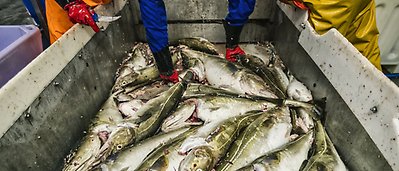Disturbance history can increase functional stability in the face of both repeated disturbances of the same type and novel disturbances
Summary
Climate change is expected to increase the incidences of extremes in environmental conditions. To investigate how repeated disturbances affect microbial ecosystem resistance, natural lake bacterioplankton communities were subjected to repeated temperature disturbances of two intensities (25 °C and 35 °C), and subsequently to an acidification event.
We measured functional parameters (bacterial production, abundance, extracellular enzyme activities) and community composition parameters (richness, evenness, niche width) and found that, compared to undisturbed control communities, the 35 °C treatment was strongly affected in all parameters, while the 25 °C treatment did not significantly differ from the control.
Interestingly, exposure to multiple temperature disturbances caused gradually increasing stability in the 35 °C treatment in some parameters, while others parameters showed the opposite, indicating that the choice of parameters can strongly affect the outcome of a study. The acidification event did not lead to stronger changes in community structure, but functional resistance of bacterial production towards acidification in the 35 °C treatments increased. This indicates that functional resistance in response to a novel disturbance can be increased by previous exposure to another disturbance, suggesting similarity in stress tolerance mechanisms for both disturbances. These results highlight the need for understanding function- and disturbance-specific responses, since general responses are likely to be unpredictable.






